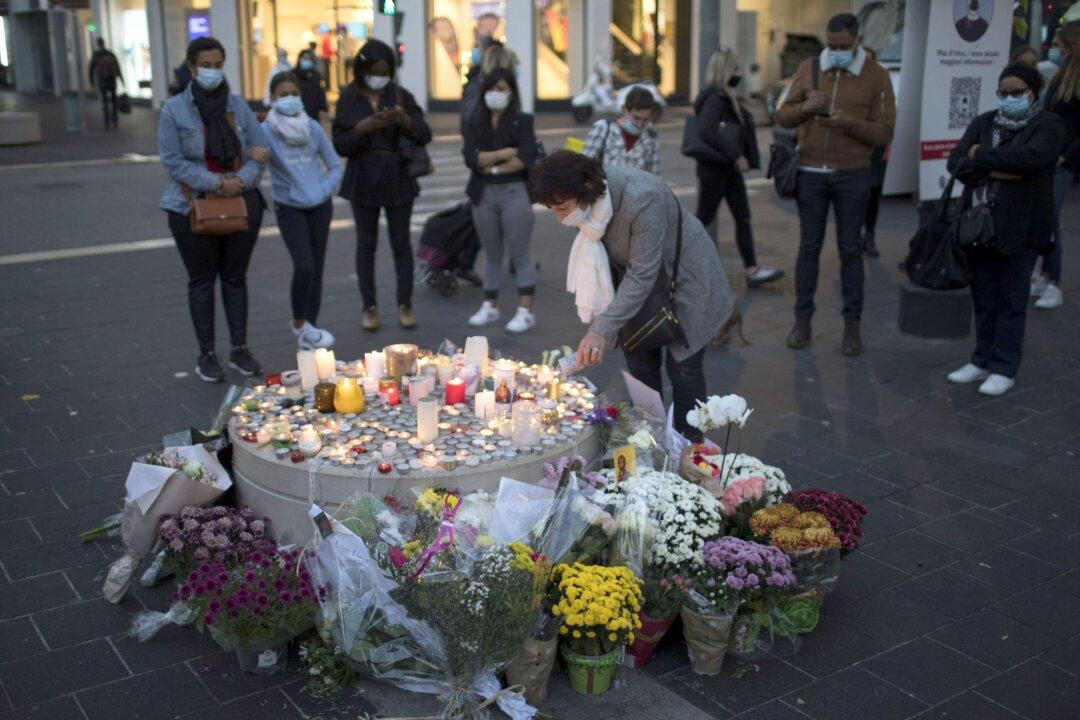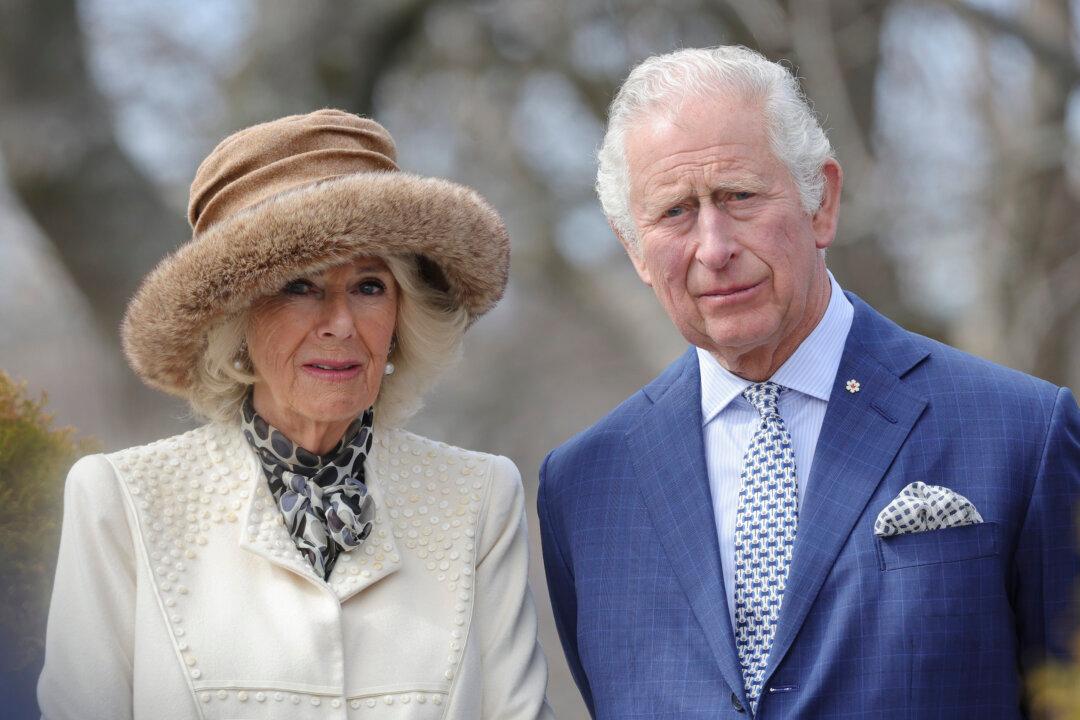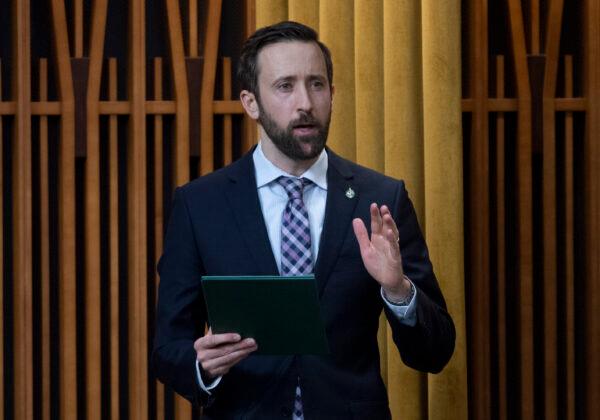Canada is not at the same level of risk as France when it comes to terrorist attacks, but that doesn’t mean we should be complacent, says Phil Gurski, a former analyst at the Canadian Security Intelligence Service (CSIS) and an expert on Islamic terrorism.
“France is in deep trouble right now and there’ll probably be more attacks, but I don’t see anything like that picking up here at the moment,” he said in an interview.





